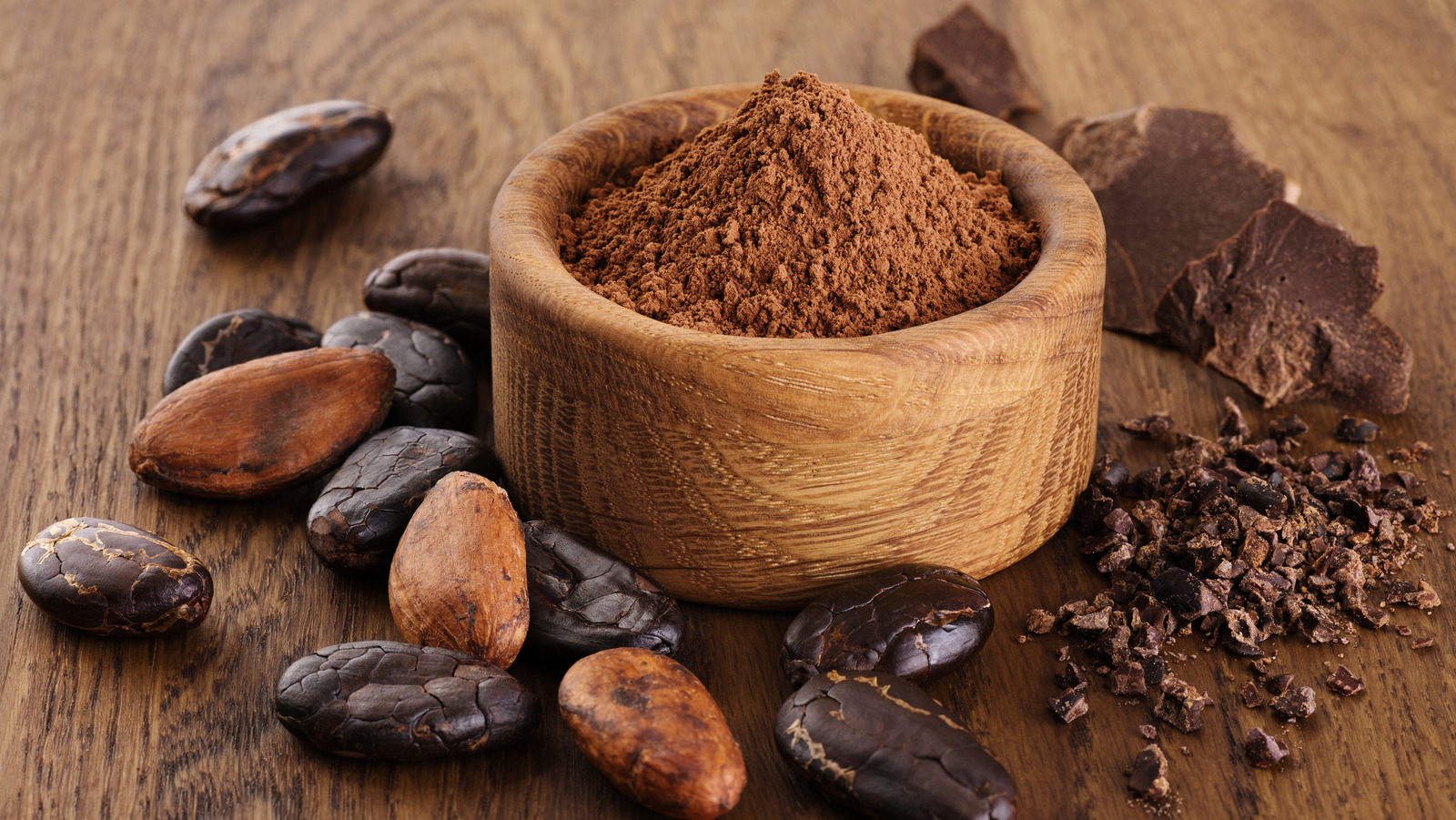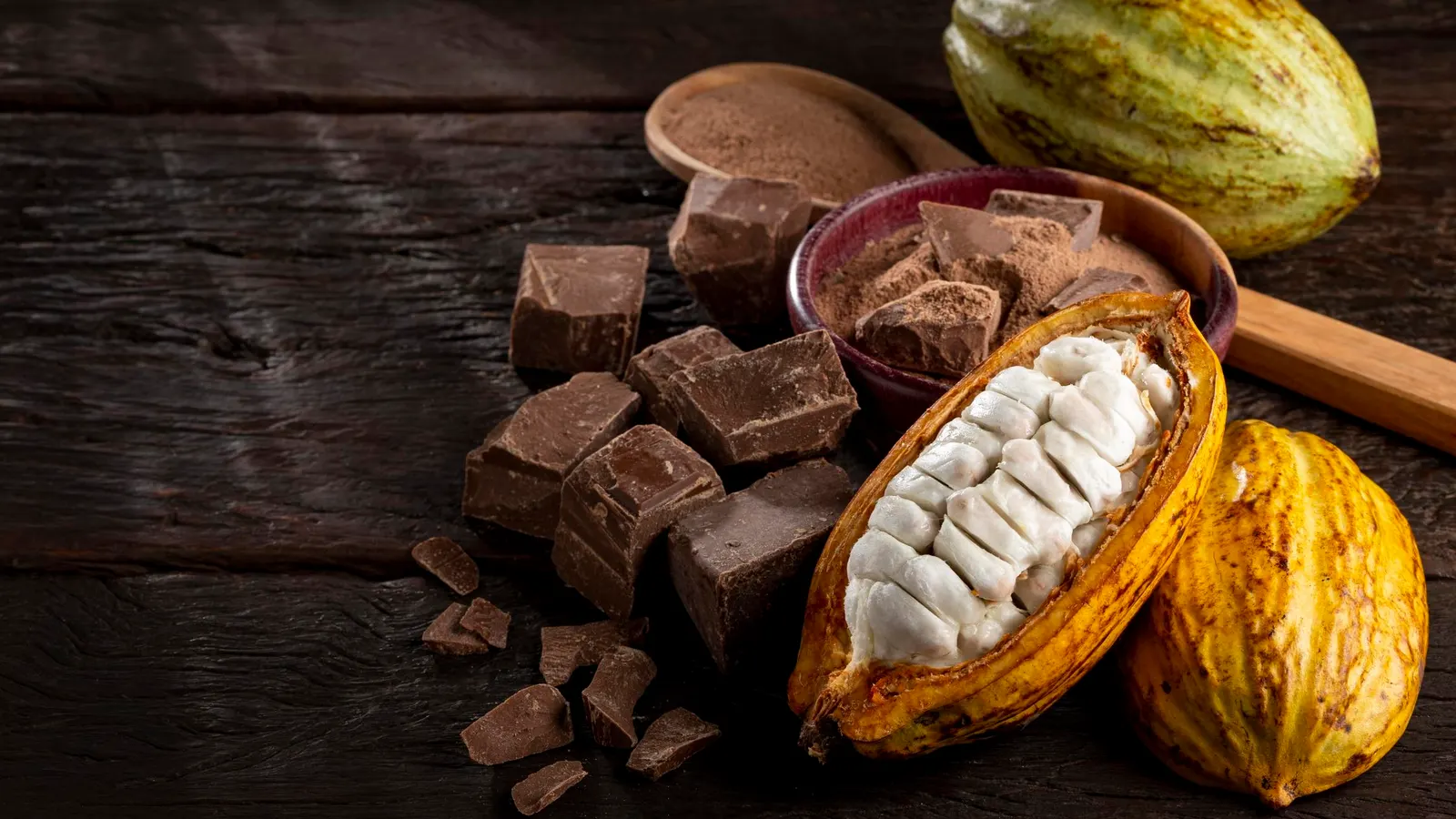In an industry often characterized by its stability, the recent erratic behavior of cocoa prices has caught everyone off guard which skyrocketed the price of Chocolates. The normally predictable cocoa market experienced a dramatic turn this year, with prices skyrocketing to unprecedented levels. This upheaval began with a production shortfall in West Africa, where countries like Ivory Coast and Ghana, responsible for about two-thirds of global cocoa output, faced a devastatingly poor harvest in 2023.

From Crop Failure to Price Explosion
Traditionally hovering around $2,500 per metric ton, the price of cocoa began its ascent last year, peaking at an astonishing $4,200 a ton by December, a price point not seen since the 1970s.
However, the situation escalated further when financial speculators entered the fray, driving prices to a staggering $11,000 per ton by mid-April. This volatility has been a significant source of concern for chocolate manufacturers and consumers alike, with the price roller coaster showing little signs of abating.
The Impact of Financial Speculation
As Judy Ganes, a commodities consultant, succinctly put it, “Yes, there are fundamentals that trigger the move, but then these financial considerations add to it and compound the situation. It’s money-driven.”
This surge in financial speculation has not only exacerbated the price fluctuations but also detached the trading prices on global exchanges from the realities faced by cocoa farmers.

How Cocoa Prices Are Determined
In response to the spiraling market prices, the Ivory Coast’s agriculture ministry took steps to protect local farmers by raising the government-set seasonal rate for cocoa. However, this adjustment pales in comparison to the increases seen in global commodity markets.
The benchmark for global cocoa prices remains the futures contract traded on the Intercontinental Exchange, where a ton of cocoa beans is agreed upon for future delivery. This mechanism has contributed to the price disconnect, as large reserves of cocoa beans are required to fulfill these contracts, further driving up prices.
Ripple Effects on Chocolate Pricing
Major chocolate producers like Hershey and Mondelez have already signaled price hikes in response to the cocoa price surge. Mondelez, in particular, reported a 6% price increase in the first quarter of the year, with further rises anticipated.
This situation has led to higher profits for these companies, despite the general inflationary environment. As Luca Zaramella, CFO of Mondelez, noted, the market was “overreacting,” but there is a critical need for companies to prepare for prolonged high cocoa prices.
A Failed Crop Rattled the Chocolate Industry. Then Speculators Came. https://t.co/2oJ8DEw8uU
— Louis D. Johnston (@LDJEconomics) May 10, 2024
A Different Story for Premium Chocolate Makers
Contrary to the mainstream industry, premium “bean to bar” chocolate makers like Sol Cacao have experienced a different scenario. Dan Maloney, co-founder of Sol Cacao, explained, “The premium cocoa price never changed.
It’s almost like the bulk price caught up with the premium price, but we were always paying the premium.” For these producers, the focus remains on quality and ethical sourcing, which shields them somewhat from market volatility.

Seeking Stability in an Unstable Market
As the global cocoa market continues to grapple with the challenges posed by erratic pricing and supply issues, the path forward remains uncertain. The industry’s reliance on speculative trading and the disconnect between farm-level realities and market prices suggest that systemic changes are necessary.
Meanwhile, chocolate lovers worldwide may need to brace for more expensive treats on store shelves, as manufacturers adjust to this new, turbulent reality in cocoa trading.










